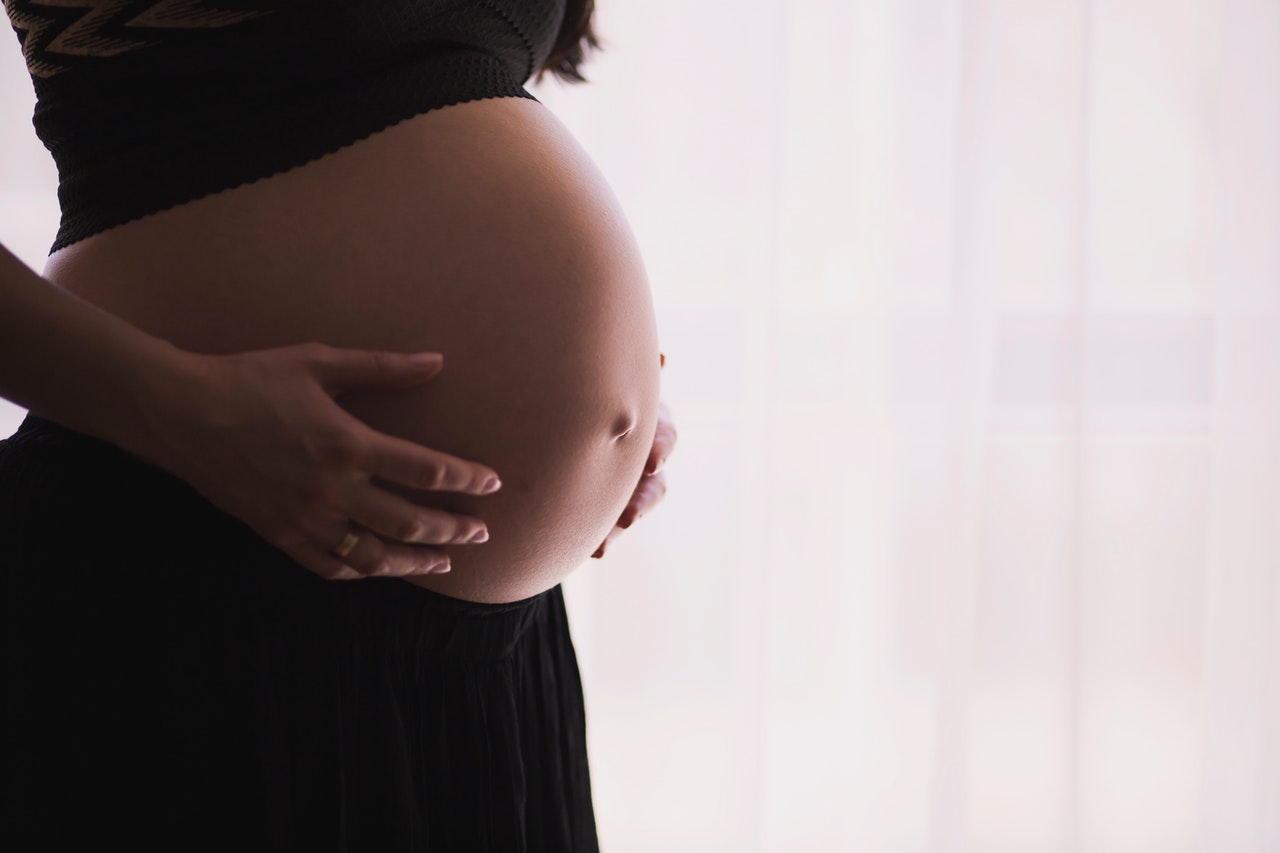
It can look like the human reproductive system was not really designed to create babies. During the tried conception procedure there are a variety of hurdles and barriers to overcome, from intense mucus and open eggs to spoil, slow, or damaged semen. Add to this a tiny window of thought chance — only a couple of days per month — and it is amazing we conceive in any way.
Basically, a girl has to be going to ovulate because of the millions of semen off in their own trip. But that is paring down the procedure to its simplest explanation.
Sperm and egg: the Fantastic mismatch
Daily men’s bodies have been flat out making a huge number of semen in the expectation that one of these might really get the really rare opportunity to connect with the egg.
A wholesome person’s ejaculation comprises over 100 million semen. Sounds much less than 40 percent are considered “ordinary” at the beginning of this trip, and lots of millions will perish, get dropped, or float off the wrong way before getting anywhere near in which the egg pops in wait.
Just about 50 sperm really get into the location where the egg must be later browsing through the minefield that’s the cervical mucus, the uterus, and the mucous membranes. And they will have to trust this egg is available for business.
The egg is simply available for fertilization between 12 and 24 hours each cycle but the couple surviving healthy sperm may lie in await the egg to get up to five days.
In the end, if all is best, a lucky sperm will find the opportunity to penetrate the egg, and then conception happens, beginning a completely new tough ball match.
What happens next?
After penetration of the semen to the ovum, the egg is fertilized and becomes an embryo. But, cell division and implantation of the embryo have to happen for thought to be prosperous. Here is the procedure of this embryo attaching itself to the uterine walls or esophageal lining and occurs around six days following fertilization.
This embryo should cling to life — along with also the probability of miscarriage is at its highest immediately after implantation. It is believed that around half of all fertilized eggs don’t survive with a lot of end in an”unnoticed miscarriage” which might seem to be a time.
It is estimated that around 20 percent of recognized pregnancies will wind up miscarrying plus a huge percentage of these can happen in the first trimester.
